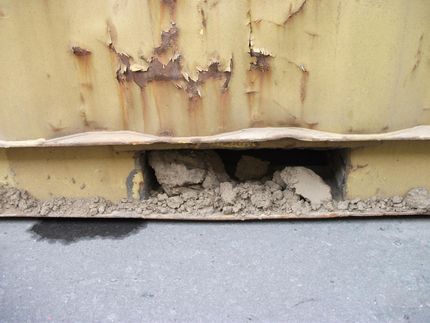Endoscopes still contaminated after cleaning
Potentially harmful bacteria can survive on endoscopes used to examine the interior of the digestive tract, despite a multi-step cleaning and disinfecting process, according to a study.
Though endoscopes were cleaned in accordance with multi-society guidelines, viable microbes and residual contamination remained on surfaces after each stage of cleaning, according to study findings.
Researchers from Ofstead & Associates in Saint Paul, Minnesota and Mayo Clinic in Rochester, Minnesota tested samplesof colonoscopes and gastroscopes used for gastrointestinal procedures after each reprocessing step to assess contamination levels. Investigators observed all reprocessing activities, using a checklist to ensure that cleaning protocols were performed in accordance with published guidelines.
Researchers performed microbial cultures and various rapid tests to detect viable organisms and organic residue that remained after each step of cleaning. Viable organisms were detected on 92 percent of devices after bedside cleaning; 46 percent after manual cleaning; 64 percent after high-level disinfection, and 9 percent after overnight storage. Rapid indicator tests detected contamination above benchmarks on 100 percent of devices after bedside cleaning; 92 percent after manual cleaning; 73 percent after high-level disinfection, and 82 percent after overnight storage.
“This study demonstrates that colonoscopes and gastroscopes can harbor residual organic material, including viable microbes, even when adherence with recommended reprocessing guidelines is verified,” said the study authors. “More research is needed to identify processes that can ensure all flexible endoscopes are free of residual contamination and viable microbes prior to patient use, including the potential use of routine monitoring with rapid indicators and microbiologic cultures. Results from this study suggest that current standards and practices may not be sufficient for detecting and removing residual contamination.”
The authors list several potential limitations of the study including that it is a single-site study and may not be generalizable nationwide. In addition, reprocessing technicians were aware of the researchers’ use of a checklist to ensure guideline compliance and therefore may have devoted more time and effort to reprocessing. Another caveat is that technicians were immediately informed about contamination that exceeded benchmarks and repeated cleaning steps--actions that are not generally part of standard practice.
Original publication
Cori L. Ofstead, Harry P. Wetzler, Evan M. Doyle, Catherine K. Rocco, Kavel H. Visrodia, Todd H. Baron, and Pritish K. Tosh, “Persistent contamination on colonoscopes and gastroscopes detected by biologic cultures and rapid indicators despite reprocessing performed in accordance with guidelines”, American Journal of Infection Control, 2015
Original publication
Cori L. Ofstead, Harry P. Wetzler, Evan M. Doyle, Catherine K. Rocco, Kavel H. Visrodia, Todd H. Baron, and Pritish K. Tosh, “Persistent contamination on colonoscopes and gastroscopes detected by biologic cultures and rapid indicators despite reprocessing performed in accordance with guidelines”, American Journal of Infection Control, 2015
Organizations
Other news from the department science

Get the life science industry in your inbox
By submitting this form you agree that LUMITOS AG will send you the newsletter(s) selected above by email. Your data will not be passed on to third parties. Your data will be stored and processed in accordance with our data protection regulations. LUMITOS may contact you by email for the purpose of advertising or market and opinion surveys. You can revoke your consent at any time without giving reasons to LUMITOS AG, Ernst-Augustin-Str. 2, 12489 Berlin, Germany or by e-mail at revoke@lumitos.com with effect for the future. In addition, each email contains a link to unsubscribe from the corresponding newsletter.



















































